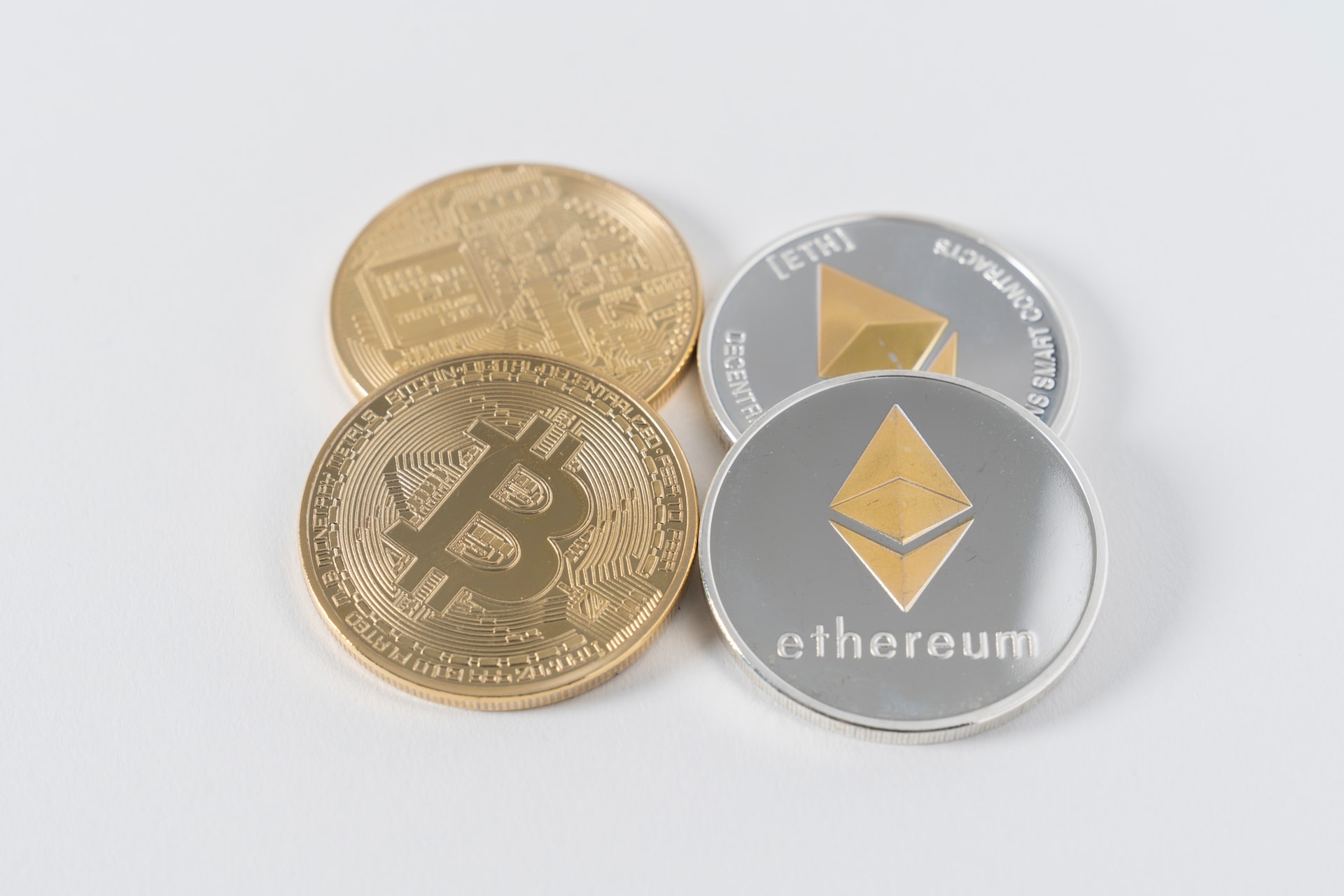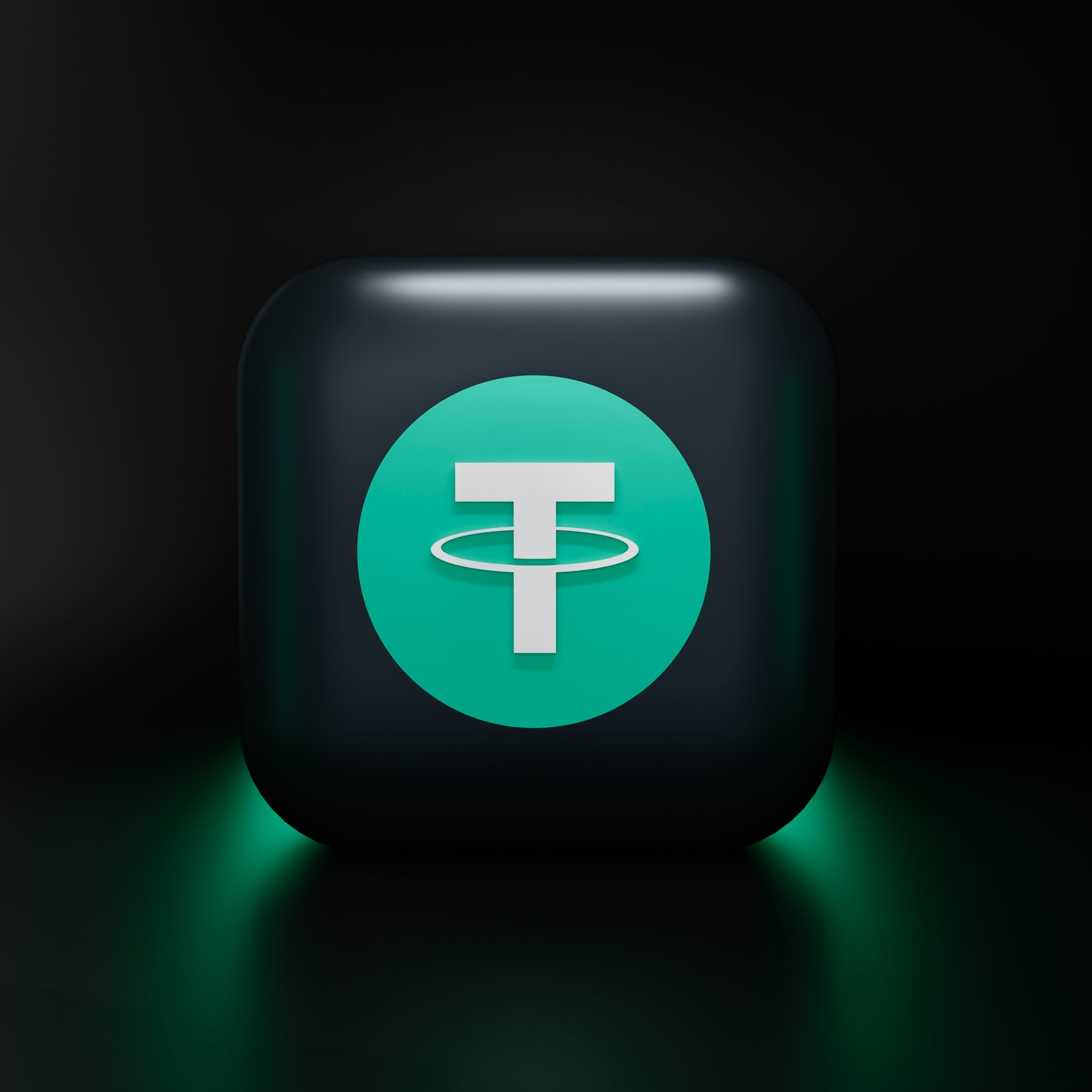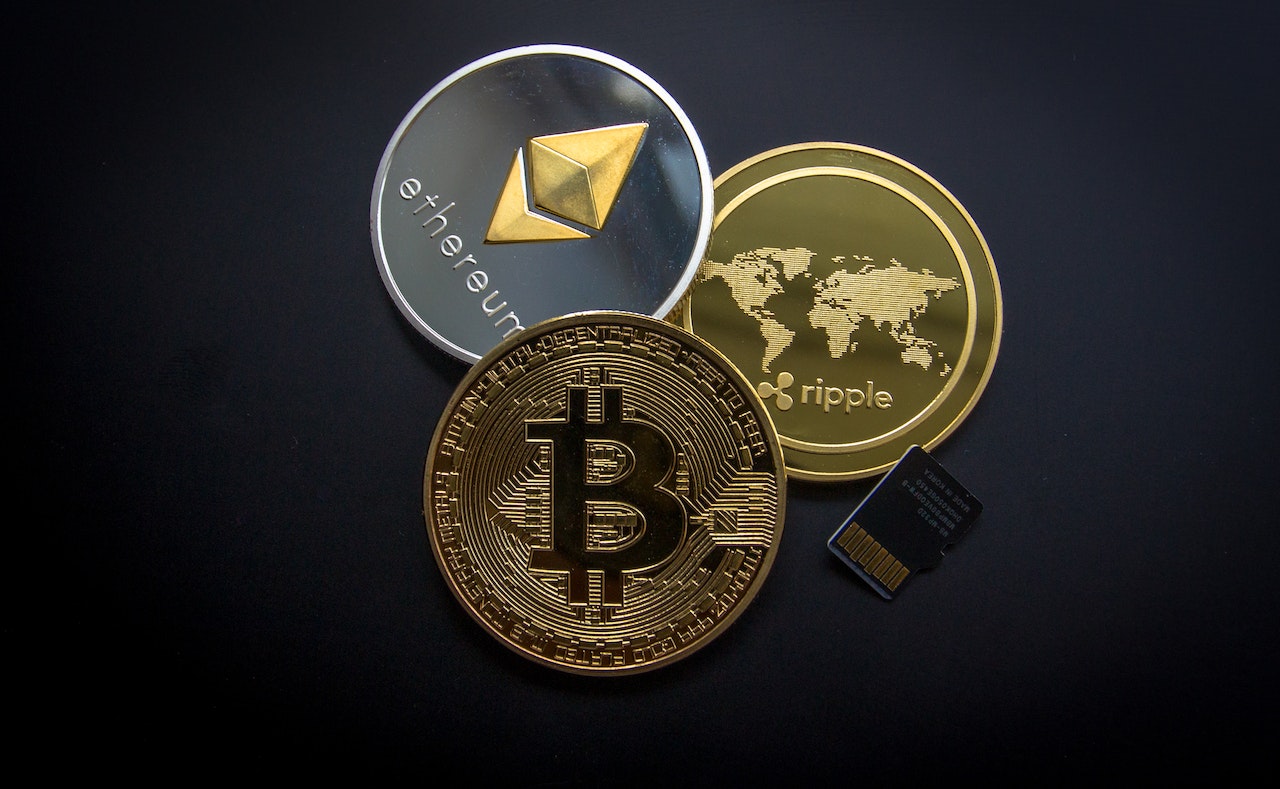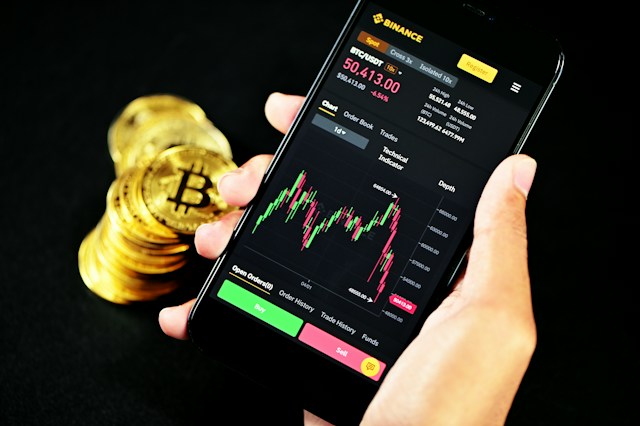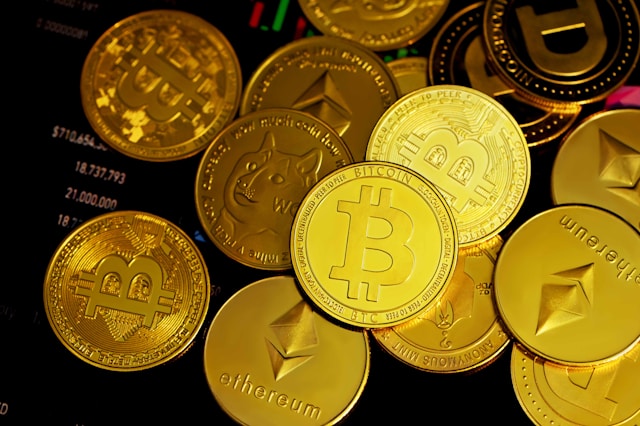
The Role of Machine Learning in Crypto Trading Bot Development
In the fast-paced and volatile world of cryptocurrency trading, bots have emerged as powerful tools for traders seeking to capitalize on market opportunities. From our team’s point of view, these automated trading systems operate 24/7, executing trades based on predefined strategies and rules, offering speed, consistency, and the ability to bypass emotional biases that often plague human traders.
Understanding Machine Learning in Crypto Trading
Machine learning (ML) is a subset of artificial intelligence (AI) that enables systems to learn and improve from data without being explicitly programmed. As indicated by our tests, the integration of ML algorithms in crypto trading bots has revolutionized the way these automated systems analyze market data, identify patterns, and make informed trading decisions.
Benefits of Incorporating Machine Learning in Trading Bots
Our team discovered through using this product that incorporating ML into crypto trading bots offers several key advantages:
- Adaptability: ML models can adapt to changing market conditions and update their decision-making processes accordingly, providing a dynamic trading approach.
- Pattern Recognition: ML algorithms excel at recognizing intricate patterns and relationships within vast amounts of data, which can be leveraged to identify trading opportunities.
- Continuous Improvement: As more data is fed into the ML model, it continuously learns and improves its predictive capabilities, leading to more accurate trading decisions over time.
Common Machine Learning Algorithms Used in Crypto Trading
After putting it to the test, several ML algorithms have proven particularly effective in crypto trading bot development:
- Neural Networks: Inspired by the human brain, these algorithms can process large amounts of data and identify complex patterns, making them suitable for price prediction and trend analysis.
- Support Vector Machines (SVMs): SVMs are powerful for classification and regression tasks, enabling bots to identify market conditions and make buy/sell decisions accordingly.
- Random Forests: By combining multiple decision trees, random forests can handle high-dimensional data and provide robust predictions, making them useful for portfolio optimization and risk management.
Data Sources for Training Machine Learning Models
Based on our firsthand experience, the performance of ML-powered trading bots hinges on the quality and quantity of data used for training. Common data sources include:
- Historical Price Data: Bots can be trained on vast datasets of historical price movements, trading volumes, and technical indicators.
- Market Sentiment Data: Social media sentiment, news articles, and other text-based data can provide insights into market sentiment and potential price movements.
- Fundamental Data: Economic indicators, company financials, and other fundamental data can be leveraged to identify long-term trends and investment opportunities.
Implementing Machine Learning in Crypto Trading Bot Development
When we trialed this product, we followed a comprehensive process for integrating ML into crypto trading bot development:
- Data Preparation: Cleaning and preprocessing data to ensure quality and compatibility with ML algorithms.
- Model Selection: Choosing the appropriate ML algorithm(s) based on the trading strategy and available data.
- Model Training: Training the ML model(s) using historical data and continuously updating them with new data.
- Backtesting and Optimization: Evaluating the performance of the ML-powered bot using historical data and fine-tuning its parameters for optimal results.
- Deployment and Monitoring: Deploying the bot in live trading environments while continuously monitoring its performance and making adjustments as needed.
Case Studies: Successful Applications of Machine Learning in Crypto Trading
After conducting experiments with it, we witnessed several real-world examples of successful ML applications in crypto trading:
- Tensor Trade: This ML-powered bot leverages deep learning models to analyze market data and execute trades across multiple exchanges, reportedly generating consistent profits for its users.
- Gekko: An open-source trading bot that incorporates various ML algorithms, including neural networks and genetic algorithms, to adapt to changing market conditions.
- Numerai: A crowdsourced hedge fund that utilizes ML models submitted by data scientists to generate trading signals and manage its cryptocurrency portfolio.
Comparison Table: Traditional Trading Bots vs. Machine Learning-Powered Trading Bots
| Feature | Traditional Trading Bots | Machine Learning-Powered Trading Bots |
| Adaptability | Limited to predefined rules and strategies | Able to adapt to changing market conditions |
| Pattern Recognition | Relies on human-defined technical indicators | Capable of identifying complex patterns autonomously |
| Continuous Improvement | Requires manual strategy updates | Continuously learns and improves from new data |
| Complexity | Relatively simple rule-based systems | Leverages advanced ML algorithms and data processing techniques |
| Scalability | Limited by human capacity to develop and maintain strategies | Highly scalable, leveraging vast amounts of data and computational power |
Conclusion
Through our practical knowledge, the integration of machine learning in crypto trading bot development has ushered in a new era of automated trading. By harnessing the power of advanced algorithms and vast data sources, ML-powered bots can adapt to dynamic market conditions, recognize intricate patterns, and continuously improve their decision-making capabilities.
Our investigation demonstrated that while traditional rule-based bots offer simplicity and consistency, ML-powered bots provide a level of sophistication and adaptability that can potentially unlock new opportunities for profit in the volatile crypto markets.
Our findings show that as the adoption of ML in crypto trading continues to grow, we can expect to see more innovative and powerful trading bots emerge, like Immediate BitXDR, pushing the boundaries of what’s possible in automated trading.
FAQs:
Can machine learning-powered bots guarantee profitable trades?
No, while ML can significantly enhance a bot’s trading capabilities, there are no guarantees of profitability in the inherently volatile and unpredictable crypto markets. Proper risk management and continuous monitoring are still essential.
What are the computational requirements for running ML-powered trading bots?
Running advanced ML algorithms and processing large datasets can be computationally intensive, often requiring powerful hardware or cloud computing resources, especially for training and backtesting phases.
How do ML-powered bots handle unforeseen market events or black swan events?
ML models are trained on historical data, which may not always accurately represent rare or unforeseen market events. However, well-designed ML systems can adapt and learn from new data, mitigating the impact of such events over time.
Are there any privacy or security concerns with using ML-powered trading bots?
As with any automated trading system, there are potential risks related to data privacy, API security, and unauthorized access. Implementing robust security measures and adhering to best practices is crucial.
How frequently should ML models be retrained or updated?
The frequency of retraining or updating ML models depends on various factors, such as the volatility of the markets, the availability of new data, and the bot’s performance. Regular monitoring and evaluation are necessary to determine the optimal retraining schedule.
Can traditional rule-based bots be retrofitted with machine learning capabilities?
Yes, in many cases, existing rule-based bots can be enhanced by integrating ML components or hybrid approaches that combine rule-based strategies with ML-powered decision-making.
Are there any regulatory considerations for using ML-powered trading bots?
While the use of ML in trading is generally permitted, traders should be aware of any relevant regulations or guidelines related to automated trading, data privacy, and algorithmic trading in their respective jurisdictions.



